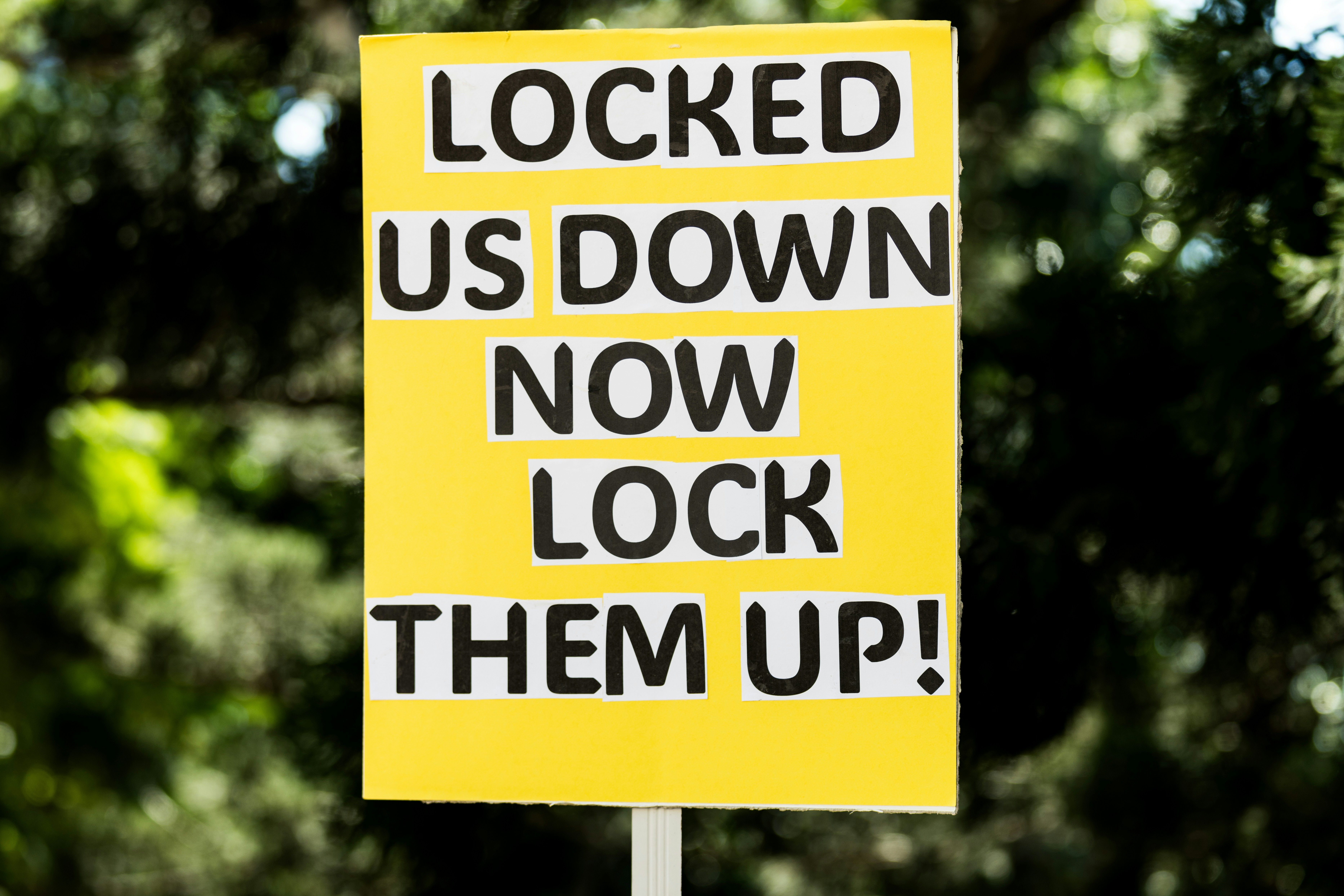Game Changing Moments That Defined the Season
Some plays aren’t just highlights they’re inflection points. This season gave us more than a few. Games turned on a dime, legacies tilted, and coaches proved why they get paid to take risks. A few moments, in particular, stood out for all the right reasons.
Take the AFC Divisional Round. With 1:12 on the clock and his team down by six, rookie QB Malik Grant marched 78 yards downfield, finishing with a no huddle strike to the back corner of the end zone. It was poise under pressure, plain and simple. No panic, no theatrics. Just rhythm and guts.
Then there was the NFC Championship, when linebacker Aaron Tate jumped a slant route on 3rd and 4 with 1:40 left. His pick flipped the script. It wasn’t just anticipation it was hours of tape study showing up at the exact right time. A smarter read than most QBs make.
And who could forget Chicago’s fake punt pass in Week 15? Fourth and 3 on their own 38, middle of the third quarter. Classic field position says punt. They didn’t. The upback slung a spiral to the gunner and flipped the momentum. It wasn’t flashy just cold blooded timing and trust in execution.
It’s not always about the size of the play. It’s about moments when someone takes a swing and lands it. What made these plays special wasn’t magic. It was precision when the room for error was zero. Guts are good. Timing is better. Execution, though that’s everything.
Quarterback Brilliance in Motion
Quarterbacks weren’t just throwing the ball well this season they were thinking faster, reading smarter, and adjusting in real time like chess grandmasters in cleats. From tight pockets to wide open play action looks, the best QBs didn’t just react they anticipated.
Let’s start with decision making under pressure. What separates good from great is how a QB processes collapsing protection. Think Caleb Foster’s fourth quarter scramble and strike in Week 15 not just avoiding the rush, but knowing exactly where his hot read would be after the shift. That’s mental prep meeting instinct.
Play action also hit harder than ever. Offensive coordinators leaned into misdirection, and QBs who sold the fake and fired deep guys like Malik Hartman racked up serious yardage. When the run looked believable, defenders bit. The best throws came off disguised intentions, not brute arm talent.
Even more telling were the pre snap reads and post snap pivots. The elite guys those in the MVP talk manipulated safeties, shifted protections, and leveraged motion to isolate matchups. Reading Cover 2 pre snap, then hitting a seam route when the MIKE bails that’s not luck. It’s film room work showing up when it counts.
Bottom line: the smartest quarterbacks didn’t just play they diagnosed the entire field and made the defense play their game.
Defensive Plays That Shut Everything Down

Defense in 2026 wasn’t just reaction it was disruption. Coordinators dialed up pressure with timing and intent, and blitz packages became wolves in designer camouflage. One standout? The Chargers’ well timed overloads, which routinely left even elite QBs scrambling two seconds into the snap. These weren’t reckless charges they were precision strikes aimed at offensive weak spots identified in film.
Momentum shifting plays defined key moments throughout the season. Pick sixes flipped scores, forced fumbles turned would be comebacks into cautionary tales. The Ravens’ Week 9 strip sack against Kansas City didn’t just fend off a rally; it shifted their season arc entirely.
And then there’s the new breed of defenders hybrids who refuse to stay in one lane. Safeties blitzing like linebackers, edge rushers dropping into coverage, corners disguising nickel pressure and then crashing the gap. Guys like Micah Parsons and Jeremiah Owusu Koramoah blurred the lines. Traditional position labels cracked, and smart defenses leaned into versatility to match the speed and chaos of today’s spread offenses.
In 2026, defense wasn’t passive. It dictated tempo, forced decisions, and stole possessions. And teams that learned to weaponize unpredictability thrived.
Special Teams That Made a Difference
In 2026, special teams didn’t stay in the background they carved out game defining moments. A single return was often the hinge on which a full Sunday swung. From 98 yard touchdowns to perfectly executed squib kicks, return units flipped momentum when it mattered most. Jake McGill’s touchdown return against Kansas City in Week 14 didn’t just tie the game. It ignited a playoff push.
Field goals? Cold blooded. Kickers like Eli Castro proved unshakeable under pressure, nailing four game winners of 50+ yards this season alone. The distance is impressive, sure, but it’s the consistency in chaos that makes these plays stand out. When it’s fourth quarter, tied, clock bleeding out there’s no room for nerves.
Coaching staffs also stepped out of their comfort zones. More fake punts than we’ve seen in five years, and two games decided by surprise onside kicks. Not every gamble landed, but the message was clear: playing it safe won’t cut it.
And then there were the standouts who nobody saw coming. Rookies and backups who made themselves essential on kick coverage, blocking punts, downing balls at the one yard line. Special teams isn’t just a proving ground it’s where underdogs shape the season.
What the Stats Really Say
It’s one thing to replay the jaw dropping touchdown or that clutch fourth down stop. It’s another to break down how and why it actually mattered. The 2026 season offered no shortage of highlight worthy moments, but the real story is in the numbers beneath the surface. Advanced analytics are showing us what the eye test can miss.
Take Expected Points Added (EPA). It’s not glamorous, but it cuts through the noise. A five yard run in the fourth quarter with the clock ticking might swing the game more than a flashy 40 yard reception in the first. Quarterbacks who crush it in EPA per play tend to be the ones consistently putting their teams in a position to win not just padding stats.
Defensively, completion percentage over expected (CPOE) is exposing corners who aren’t just hanging on, but actually tightening coverage beyond what the matchup suggests. Linebackers who blow up screens, edge rushers who quietly wreck a pocket despite low sack totals analytics shows their value where box scores fall flat.
And then there’s win probability models. When a coach goes for two early or fakes a punt in the second quarter, it might feel like a gamble. But the models often prove it’s smarter football than most fans think. It’s about bending the edge, not living on it.
Want to go deeper? Read this: How advanced stats are changing the way we analyze games.
What to Watch for Next Season
The 2026 season was more than a highlight reel it was a glimpse into where the game is going. One trend is clear: speed and versatility are becoming non negotiables. Teams are leaning harder into hybrid players who can disrupt plays on both ends of the field, while offensive schemes are speeding up to neutralize elaborate defenses. Expect more no huddle drives, more motion pre snap, and more quarterbacks making decisions in under two seconds.
Smart teams aren’t just reacting; they’re already shifting. Coaches are building schemes around positionless defenders guys who can line up at safety and slide down into linebacker roles without blinking. Offensively, there’s a bigger focus on spacing and timing than raw power. You’ll see more route trees built for YAC (yards after catch), more misdirection, and fewer traditional run packages.
As for who’s setting the tone? Look at the dual threat quarterbacks who turned broken plays into touchdowns in 2026. Look at the defensive captains calling audibles like field generals. These are the players who will define 2027: decisive, fast, aware. If 2026 taught us anything, it’s that the game isn’t just faster it’s smarter. And the teams that adapt their systems first? They’ll be the ones still standing next January.
